What is a Raccoon Dog? (with Photos) Understanding this Canine Species
Raccoon dogs, also known as Nyctereutes procyonoides, are small canids that are native to East Asia and parts of Europe. Despite their name, raccoon dogs are not closely related to raccoons, but they do share some physical similarities such as their distinctive mask-like facial markings and their ability to climb trees.
These animals have become increasingly popular in recent years as exotic pets, but they are not suitable for most households. Raccoon dogs are highly active and require a lot of space to run and play. They can also be difficult to train and may exhibit destructive behaviors if they become bored or frustrated.
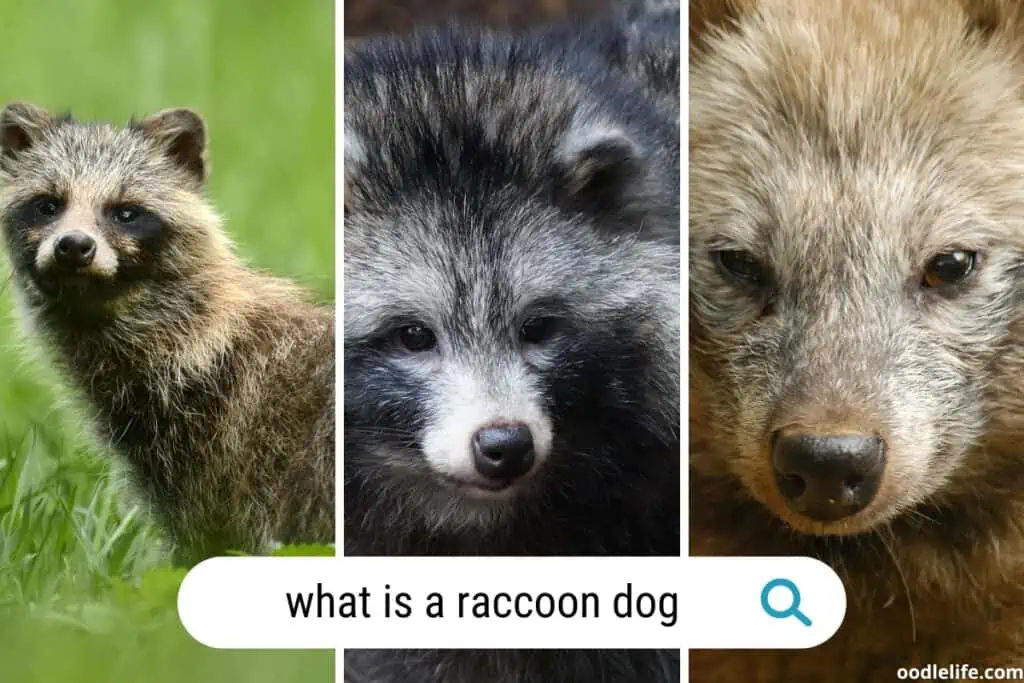
While raccoon dogs are not currently found in the wild in North America, there have been reports of escaped or released pets in some areas. It is important to remember that these animals are not domesticated and can pose a risk to both humans and native wildlife if they are released or allowed to escape into the wild.
Physical Characteristics
Raccoon dogs, also known as Nyctereutes procyonoides, are small to medium-sized canids that are native to East Asia. They are closely related to foxes and true dogs, but they have some unique physical characteristics that set them apart from other canids.
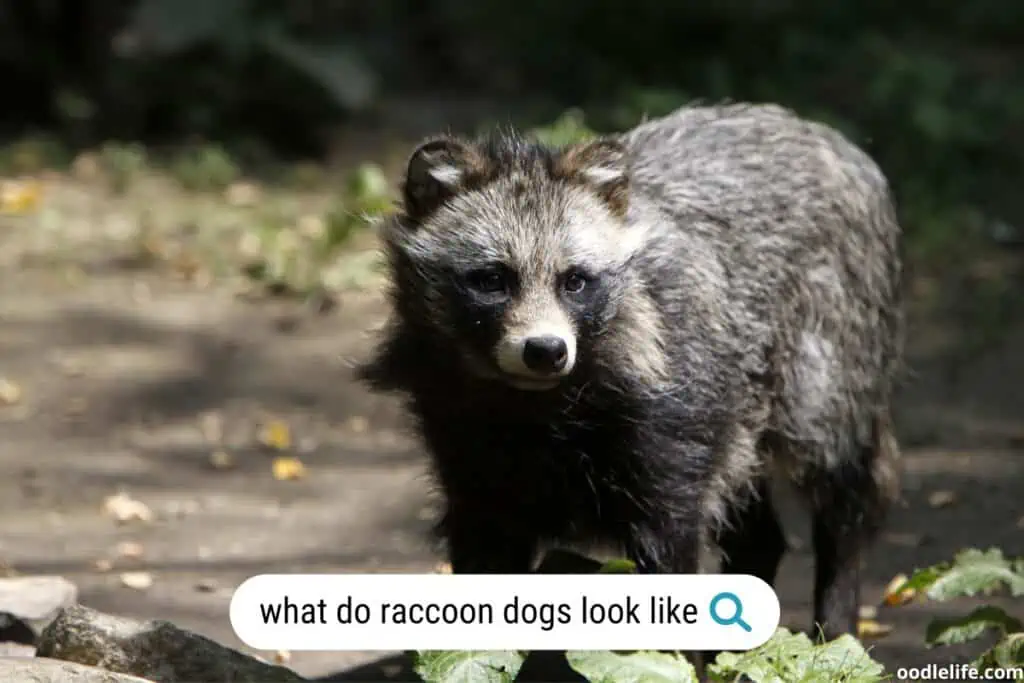
Size and Weight
Raccoon dogs are typically between 50 to 60 cm in length from head to rump, with a tail length of 13 to 25 cm. They weigh between 4 to 10 kg, with males being slightly larger than females.
Coat and Color
Raccoon dogs have a thick, soft fur that is brown, yellow, or gray in color, with black guard hairs. The fur on their belly is lighter in color than the fur on their back. They have a distinct black mask around their eyes, which gives them a raccoon-like appearance.
Facial Features
Raccoon dogs have a short, pointed snout and small, rounded ears. Their eyes are large and round, with a reflective layer called the tapetum lucidum, which helps them see in low light conditions.
Limbs and Tail
Raccoon dogs have short, stocky legs with five toes on each foot. Their front paws are similar to hands, with long, curved claws that they use for digging and climbing. Their hind legs are more muscular, which helps them run and jump. They have a bushy tail that is darker in color than their body.
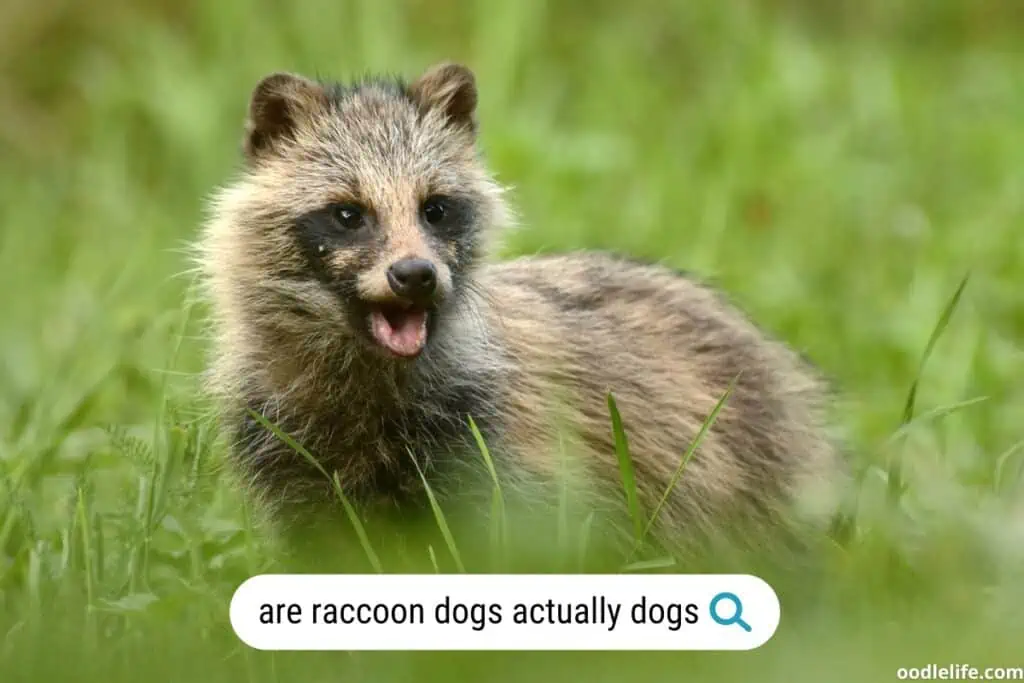
Adaptations
Raccoon dogs have several adaptations that help them survive in their natural habitat. They are excellent climbers and can climb trees to escape predators or search for food. They also have a special gland near their tail that secretes a strong-smelling liquid, which they use to mark their territory.
Other Characteristics
Raccoon dogs are known for their distinctive vocalizations, which include barks, growls, and whines. They are also known for their ability to hibernate during the winter months, which helps them conserve energy and survive in harsh weather conditions.
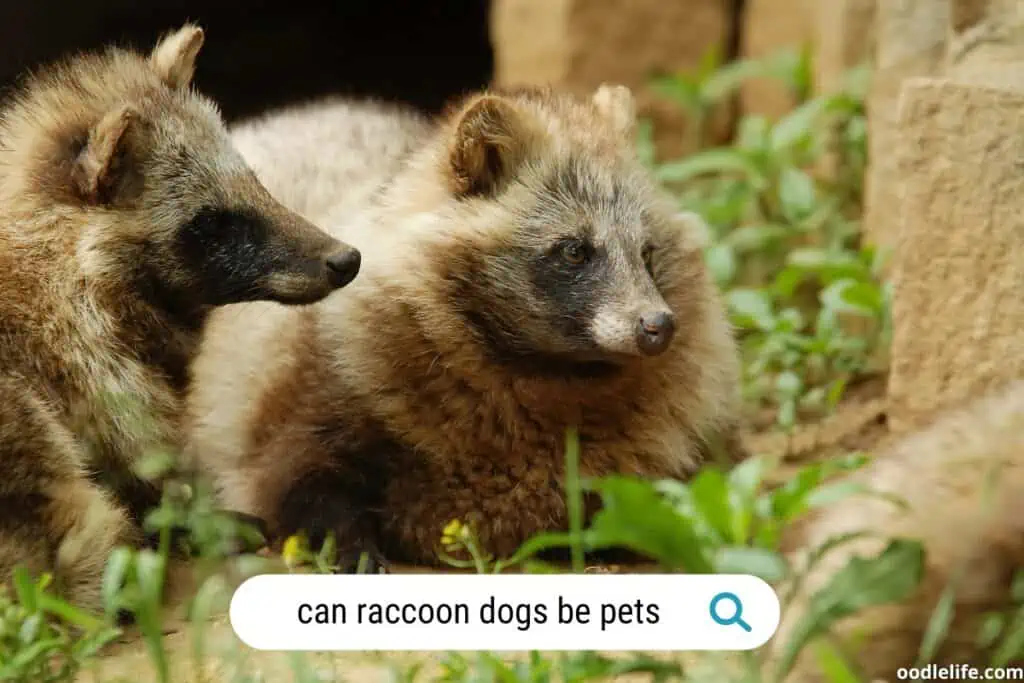
Do people keep Racoon dogs as pets?
Yes, some people do keep raccoon dogs as pets. They are relatively small animals and can be quite affectionate when kept in captivity. However, it is important to note that these animals require a lot of care and attention and may not be suitable for most people. Additionally, they should never be released into the wild if kept as pets due to potential risks to local wildlife populations.
Can you train a raccoon dog?
Yes, with patience and consistency, it is possible to train a raccoon dog. They will never be as well trained or as safe as a family dog though. It is generally not a good idea to attempt without extensive experience with exotic animals.
As with any animal, positive reinforcement is key when training a raccoon dog. It is important to establish trust between you and your pet before attempting any sort of training regimen. Additionally, it is important to remember that these animals have their own personalities and may not respond well to certain methods of training.
Do people eat raccoon dogs?
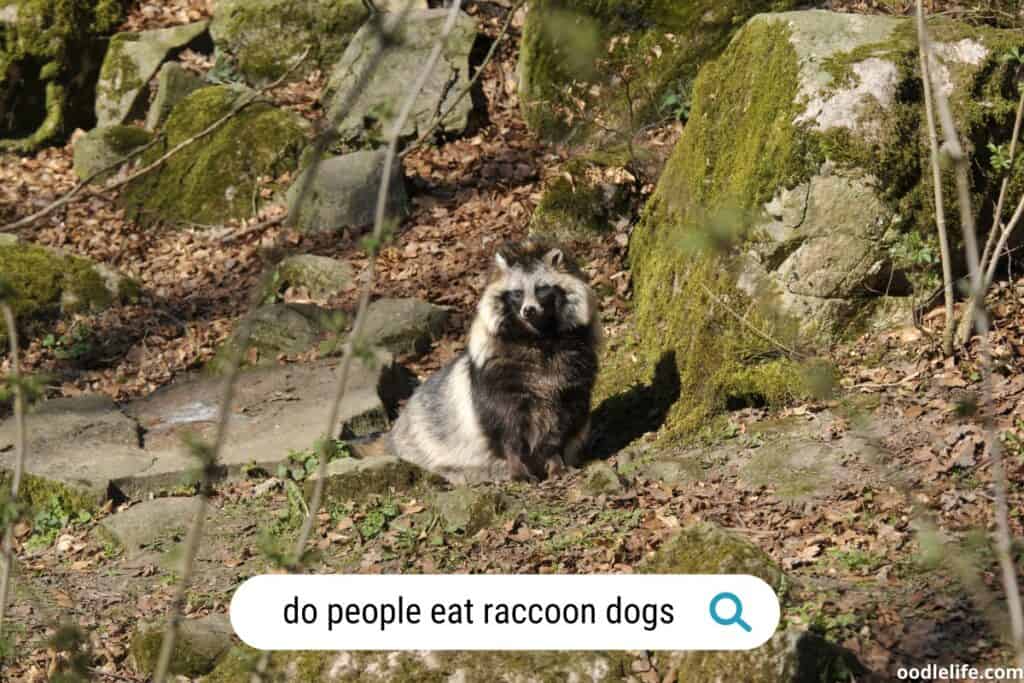
In some parts of East Asia, particularly China and Japan, people have eaten raccoon dogs. This practice has been going on for centuries and is still practiced today in some areas, though it has fallen out of favor due to health risks.
The meat from these animals can be used in a variety of dishes such as stews or stir-fries. However, due to the potential risk of disease transmission from consuming wild game meats like those from raccoon dogs, it is generally advised against by health professionals in most countries.
Habitat and Distribution
Raccoon dogs are native to East Asia, including Japan, China, and Korea. They have also been introduced to parts of Europe, including Finland, Estonia, Latvia, Lithuania, Belarus, and Ukraine. Raccoon dogs prefer to live in deciduous forests, but they can also be found in farmlands, urban areas, and other habitats with abundant undergrowth. They are often found near water and prefer moist meadows, shores of rivers and lakes, and other damp areas.
In their native range, raccoon dogs are found from near sea level to greater than 3,000 meters. They are largely nocturnal and have a home range of between 540 and 1,800 hectares. In the introduced range, raccoon dogs favor moist meadows and other habitats with abundant undergrowth, mixed forests, and shores of rivers and lakes.
What kind of habitat do raccoon dogs prefer?
Raccoon dogs prefer to live in deciduous forests, but they can also be found in farmlands, urban areas, and other habitats with abundant undergrowth. They are often found near water and prefer moist meadows, shores of rivers and lakes, and other damp areas.
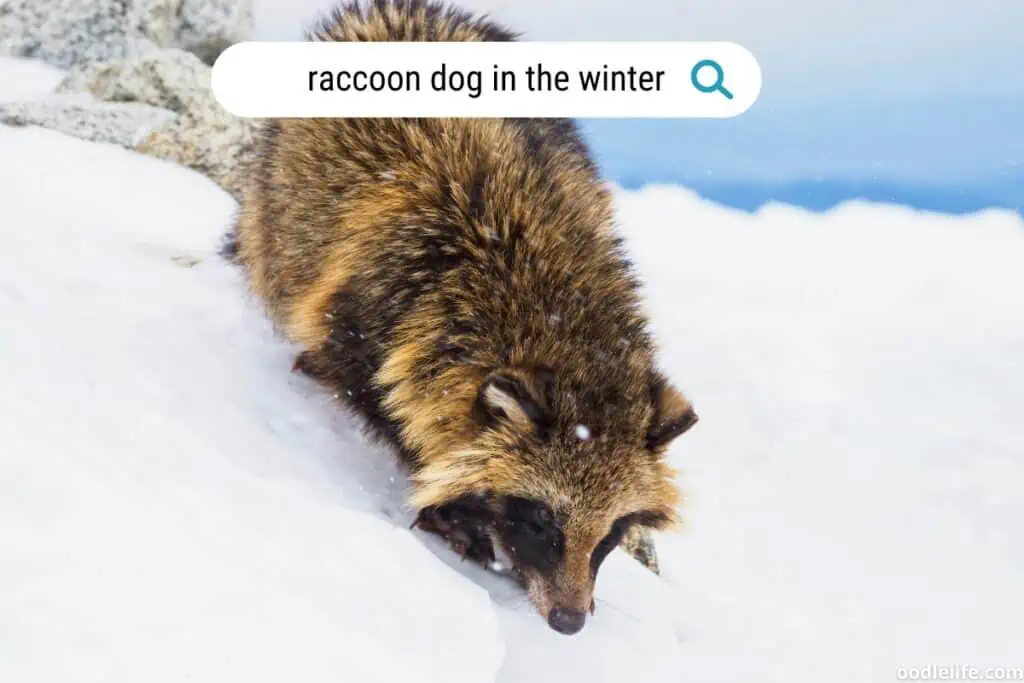
Where are raccoon dogs found?
Raccoon dogs are native to East Asia, including Japan, China, and Korea. They have also been introduced to parts of Europe, including Finland, Estonia, Latvia, Lithuania, Belarus, and Ukraine.
What is the home range of a raccoon dog?
Raccoon dogs have a home range of between 540 and 1,800 hectares in their native range.
Are raccoon dogs nocturnal?
Yes, raccoon dogs are largely nocturnal.
What kind of areas do raccoon dogs prefer?
Raccoon dogs prefer moist meadows, shores of rivers and lakes, and other damp areas. They are often found near water and prefer habitats with abundant undergrowth, mixed forests, and deciduous forests.
Diet and Behavior
Raccoon dogs are opportunistic omnivores, meaning they will eat whatever is available to them. Their diet consists of a variety of food sources, including insects, rodents, amphibians, birds, fish, reptiles, mollusks, carrion, as well as fruits, nuts, and berries. They have also been known to eat human garbage and pet food if it is left outside.
These animals are active at night and during the day, and they are social animals that live in pairs or small groups. They are excellent climbers and swimmers, and they are capable of running at high speeds. They are also known for their ability to dig burrows, which they use for shelter and protection from predators.
What do raccoon dogs eat?
Raccoon dogs are opportunistic omnivores and eat a variety of food sources, including insects, rodents, amphibians, birds, fish, reptiles, mollusks, carrion, as well as fruits, nuts, and berries. They have also been known to eat human garbage and pet food if it is left outside.
Are raccoon dogs social animals?
Yes, raccoon dogs are social animals that live in pairs or small groups. They are active at night and during the day.
What are raccoon dogs capable of?
Raccoon dogs are excellent climbers and swimmers, and they are capable of running at high speeds. They are also known for their ability to dig burrows, which they use for shelter and protection from predators.
Do raccoon dogs eat human garbage?
Yes, raccoon dogs have been known to eat human garbage and pet food if it is left outside.
According to AZ Animals, raccoon dogs are opportunistic omnivores and will eat whatever is available to them. They have a varied diet consisting of insects, rodents, amphibians, birds, fish, reptiles, mollusks, carrion, as well as fruits, nuts, and berries. They are also known to eat human garbage and pet food if it is left outside.
Raccoon dogs are active at night and during the day, and they are social animals that live in pairs or small groups. They are excellent climbers and swimmers, and they are capable of running at high speeds. They are also known for their ability to dig burrows, which they use for shelter and protection from predators.
Cultural Significance
Raccoon dogs have a significant cultural significance in Japan and other parts of Asia. They are often depicted in folklore and mythology as mischievous and cunning creatures.
Trickster God
One of the most famous depictions of raccoon dogs is as the trickster god, Tanuki, in Japanese folklore. According to Atlas Obscura, Tanuki is well-known for his ability to shape-shift and cause mischief. He is often depicted as carrying a bottle of sake and a promissory note, symbolizing his love for drinking and gambling.
Symbol of Prosperity
In Japanese culture, the raccoon dog is also seen as a symbol of prosperity and good fortune. According to Go! Go! Nihon, raccoon dogs are often depicted with large bellies and coins in their paws, symbolizing their ability to bring wealth and abundance.
Shapeshifting Abilities
Raccoon dogs are also known for their shapeshifting abilities in folklore. According to Biology Dictionary, they are believed to be able to transform themselves into various objects, such as teapots, umbrellas, and even humans. This ability has made them a popular subject in Japanese art and literature.
Pranksters and Tricksters
Raccoon dogs are often depicted as pranksters and tricksters in Japanese folklore. According to Princeton University’s Cotsen Children’s Library, raccoon dogs were believed to have the supernatural ability to transform themselves and their surroundings, often duping unsuspecting humans. They are also known for their love of mischief and their ability to play pranks on people.
Conservation Status
Raccoon dogs are listed as Least Concern by the International Union for Conservation of Nature (IUCN) due to their stable population. However, they are still threatened by hunting and habitat loss.
What is the IUCN?
The International Union for Conservation of Nature (IUCN) is an organization that assesses the conservation status of species around the world. They provide a Red List of Threatened Species, which categorizes species as Least Concern, Near Threatened, Vulnerable, Endangered, Critically Endangered, Extinct in the Wild, or Extinct.
What threats do raccoon dogs face?
Raccoon dogs are threatened by hunting, both for their fur and as a pest species. They are also affected by habitat loss due to deforestation and urbanization. Additionally, they can be killed by feral dogs and suffer from roadkill.
What is being done to protect raccoon dogs?
Conservation efforts for raccoon dogs include protecting their habitats, regulating hunting, and educating the public about their importance in ecosystems. In some areas, they are also being reintroduced to their former range.
Are raccoon dogs invasive?
Raccoon dogs are considered invasive in some areas, such as Europe, where they were introduced for the fur trade. They can compete with native species for resources and spread diseases.
Overall, while raccoon dogs are currently categorized as Least Concern, continued conservation efforts are necessary to ensure their survival.